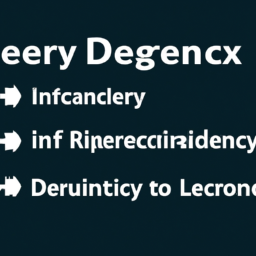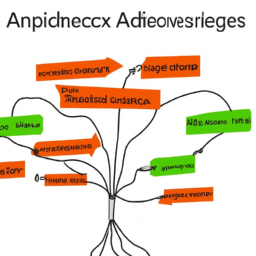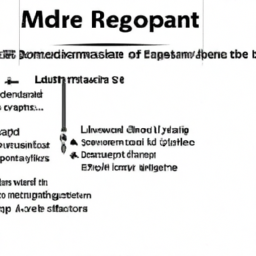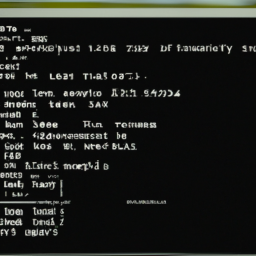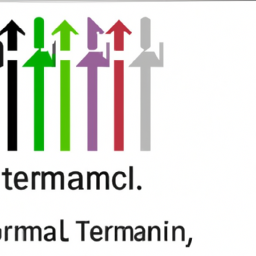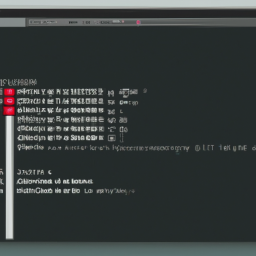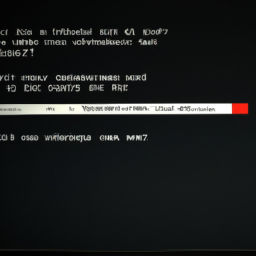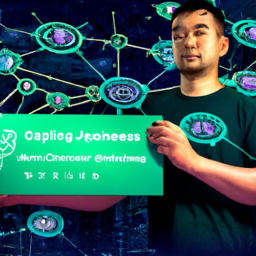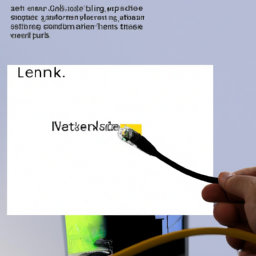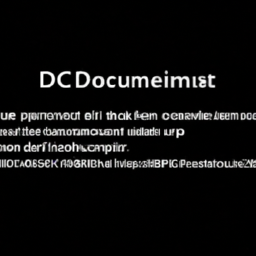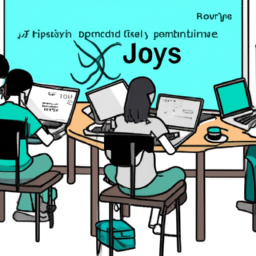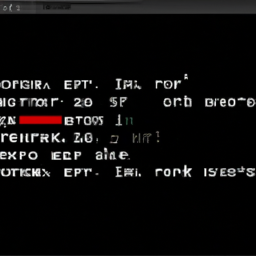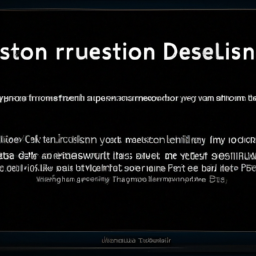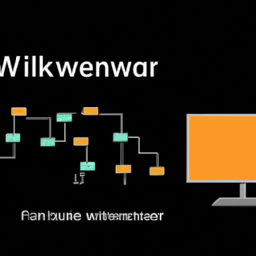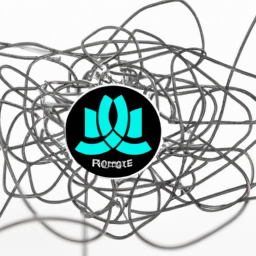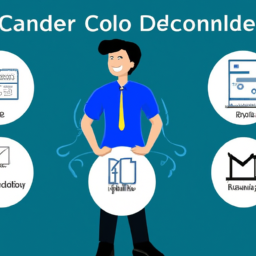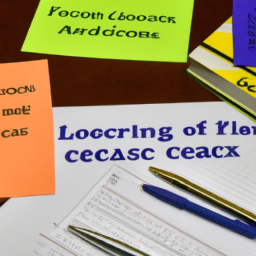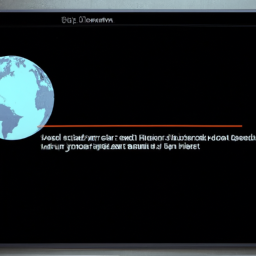‘Preventing Dependency Cycles in Linux: Best Practices and Techniques’ offers a crucial insight into one of the most persistent challenges faced by Linux system administrators and developers.
As the old adage goes, ‘A chain is only as strong as its weakest link.’ In the realm of software development, this holds especially true when it comes to managing dependencies. Dependency cycles, where two or more components rely on each other in a circular manner, can wreak havoc on the stability and performance of a Linux system.
This article will guide you through understanding, analyzing, and identifying these cycles, as well as provide effective techniques for resolving them. Additionally, we will explore the importance of implementing version control and release management, utilizing dependency injection and inversion of control, and continuously monitoring and maintaining dependency cycles.
By following these best practices and techniques, you can fortify your Linux systems, ensuring their reliability and efficiency.
Key Takeaways
- Understanding and analyzing dependency cycles is crucial for maintaining system stability and performance in Linux systems.
- Static analysis tools can be used to identify circular dependencies and troubleshoot conflicts.
- Regularly updating and upgrading software packages, as well as removing unnecessary dependencies, can help prevent and resolve dependency cycles.
- Implementing inversion of control containers and using dependency injection can improve code modularity, testability, and maintainability, while also simplifying dependency management.
Understanding Dependency Cycles in Linux Systems
So, you’re curious about how dependency cycles in Linux systems work and want to understand them better. Identifying circular dependencies is crucial in preventing issues that can arise from these cycles.
A circular dependency occurs when two or more components depend on each other, creating a never-ending loop. This can have a significant impact on system performance, causing delays, crashes, or even system failures. To avoid this, it’s essential to analyze and identify dependency cycles within the system.
By understanding the relationships between different components and their dependencies, you can pinpoint and resolve any circular dependencies.
In the next section, we’ll explore techniques for analyzing and identifying these cycles, ensuring a more stable and efficient Linux system.
Analyzing and Identifying Dependency Cycles
Interestingly, when analyzing and identifying dependency cycles, it’s like peeling back the layers of an intricate puzzle, revealing the hidden connections within the complex web of software dependencies. To effectively identify circular dependencies, a systematic approach is required. One common technique is to use static analysis tools that can scan the codebase and generate a dependency graph. This graph visualizes the relationships between different components and can help pinpoint any circular dependencies. Additionally, troubleshooting dependency conflicts involves examining the specific dependencies involved and identifying any conflicting versions or conflicting requirements. This can be done by thoroughly analyzing the dependency graph and looking for any inconsistencies or conflicts. By understanding the root causes of circular dependencies and troubleshooting conflicts, you can pave the way for resolving these issues and ensuring a stable and reliable software system. Transitioning to the subsequent section about resolving dependency cycles, it is important to have a clear understanding of the steps involved in resolving these cycles.
Resolving Dependency Cycles
When resolving dependency cycles, you need to consider two key points: updating and upgrading software packages, and removing unnecessary dependencies.
To address the first point, regularly updating and upgrading your software packages ensures that you’re using the latest versions, which may include bug fixes and improved features that can help resolve dependency issues.
Additionally, removing unnecessary dependencies can help streamline your system and reduce the likelihood of encountering dependency cycles.
By carefully managing your software packages and dependencies, you can ensure a more stable and efficient system.
Updating and Upgrading Software Packages
To keep your Linux system running smoothly, it’s crucial to regularly update and upgrade software packages. Here are some best practices for managing software repositories and troubleshooting common issues during software updates:
-
Keep your software repositories up to date: Ensure that you’re using the latest repository versions for your distribution. This can be done by regularly checking for updates and enabling automatic updates if available.
-
Resolve dependency conflicts: Sometimes, software updates can lead to dependency conflicts. To troubleshoot this, you can use package managers like apt or yum to resolve the conflicts and install the required dependencies.
-
Perform regular system upgrades: Upgrading your entire system ensures that all software packages are updated to their latest versions. This helps resolve any known issues or vulnerabilities.
-
Monitor system logs: Keep an eye on system logs for any errors or warnings during the update process. This can help you identify and resolve any issues that may arise during the update.
By following these best practices, you can ensure a smooth software update process and minimize the chances of dependency cycles.
In the next section, we’ll discuss removing unnecessary dependencies to further optimize your Linux system.
Removing Unnecessary Dependencies
One effective way to optimize your Linux system is by removing unnecessary dependencies. Reducing bloat and streamlining dependencies can significantly improve the performance and stability of your system.
When software packages are installed, they often bring along additional dependencies that may not be required for the system to function properly. These unnecessary dependencies can consume valuable system resources and slow down your system. By identifying and removing these unnecessary dependencies, you can free up resources and improve the overall efficiency of your Linux system.
In the next section, we’ll discuss another important aspect of preventing dependency cycles in Linux: implementing version control and release management. This will further enhance the stability and reliability of your system.
Implementing Version Control and Release Management
Implementing version control and release management enhances the overall efficiency and stability of the Linux system. By managing software licenses and implementing automated testing, you can ensure that only necessary dependencies are included in the system. This helps prevent unnecessary bloat and reduces the chances of introducing dependency cycles.
To effectively manage version control, it is crucial to use a reliable version control system (VCS) such as Git. This allows you to track changes, manage different versions of software, and collaborate with others. Additionally, using a release management system like Jenkins can automate the process of building, testing, and deploying software, ensuring a smooth and controlled release cycle.
By incorporating these practices, you can easily identify and resolve any issues related to dependencies, ensuring a more stable and efficient Linux system. This sets the stage for the next section on utilizing dependency injection and inversion of control.
Utilizing Dependency Injection and Inversion of Control
When implementing Dependency Injection, you can benefit from increased modularity and testability in your codebase. By decoupling dependencies and allowing them to be injected, you can easily swap out implementations and mock dependencies for testing purposes.
In addition, implementing Inversion of Control Containers can help manage and resolve dependencies automatically, reducing the amount of boilerplate code required for manually injecting dependencies. This can lead to cleaner and more maintainable code, as well as improved scalability and flexibility in your application.
Benefits of Dependency Injection
By embracing dependency injection, you unlock the key to a harmonious symphony of interdependent components, each playing their unique role in the grand orchestra of code execution.
Here are five benefits of utilizing dependency injection:
-
Improved software scalability: Dependency injection allows for easy addition or modification of components, making it simpler to scale your software as your needs evolve.
-
Enhanced code reusability: By decoupling dependencies from the code, you can reuse components in different contexts, reducing redundancy and increasing efficiency.
-
Increased testability: With dependency injection, you can easily mock or replace dependencies during testing, enabling more thorough and accurate testing of your code.
-
Simplified maintenance: By separating concerns and reducing tight coupling, dependency injection makes your codebase more modular and easier to maintain.
-
Better code readability: Dependency injection promotes clean and clear code, as it clearly defines the dependencies and their relationships.
Implementing inversion of control containers further enhances these benefits.
Implementing Inversion of Control Containers
Using inversion of control containers can greatly simplify the management and organization of dependencies in your codebase. These containers provide a centralized mechanism for managing and resolving dependencies, eliminating the need for manual dependency wiring.
One of the key benefits of using inversion of control containers is their ability to manage circular dependencies. Instead of directly referencing classes, the containers handle the dependencies by providing APIs for exposing dependency injection. This allows for loose coupling between components and makes it easier to swap out dependencies without affecting the rest of the codebase.
By implementing inversion of control containers and exposing dependency injection APIs, you can ensure that your codebase remains modular and maintainable. Continuously monitoring and maintaining dependency cycles is crucial to prevent the introduction of new circular dependencies.
Continuously Monitoring and Maintaining Dependency Cycles
To keep a close eye on and manage dependency cycles in your Linux system, you need to consistently monitor and maintain them, ensuring smooth functionality and avoiding any tangled messes.
One way to achieve this is by detecting cyclic dependencies through automated dependency analysis. By regularly analyzing your system’s dependencies, you can identify any cycles that may have formed and take appropriate action to resolve them. This involves using specialized tools that can automatically analyze the dependencies between components and highlight any cyclic patterns. Some of these tools provide visualizations that make it easier to understand the dependencies and identify potential cycles.
Additionally, it’s important to continually maintain your system by keeping track of changes in dependencies and updating them accordingly. Regularly reviewing and updating your dependencies can help prevent the formation of new cycles and ensure the overall stability of your Linux system.
Frequently Asked Questions
Can dependency cycles in Linux systems cause system crashes or performance issues?
Dependency cycles in Linux systems can indeed lead to system crashes and performance issues. These cycles can create a loop where a package depends on another package, which in turn depends on the first package, causing a deadlock. This can result in system instability and reduced performance.
Real-world incidents have demonstrated the negative impact of dependency cycles, emphasizing the importance of avoiding them to ensure system stability and optimal performance.
Are there any tools or software available to automatically analyze and identify dependency cycles in Linux systems?
You might be wondering if there are any automated tools available to analyze and identify dependency cycles in Linux systems. Well, the good news is that there are indeed such tools!
These tools are designed to tackle the challenges involved in analyzing dependency cycles in Linux. They provide a precise and detailed analysis, helping you identify any potential issues or performance bottlenecks caused by dependency cycles.
With these automated tools, you can efficiently manage and optimize your Linux system.
Does resolving dependency cycles always require modifying the source code of the affected components?
Resolving dependency cycles in Linux systems does not always require modifying the source code of the affected components. While modifying the source code can be one approach to address dependency cycles, there are alternative methods available.
These methods include adjusting the build process, updating the package manager, utilizing static analysis tools, or employing dependency injection frameworks. These techniques aim to identify and resolve circular dependencies without directly altering the source code.
How can version control and release management practices help in preventing dependency cycles?
Version control and release management practices play a crucial role in preventing dependency cycles. Package managers help manage dependencies by keeping track of software components and their versions. They ensure that the correct versions of dependencies are installed and can automatically resolve conflicts.
Dependency cycles can greatly impact the software development process, leading to build failures, bugs, and delays. By using version control and release management practices, you can effectively manage dependencies and minimize the risk of dependency cycles.
What are the potential risks or challenges of utilizing dependency injection and inversion of control in Linux systems?
Risks and challenges of utilizing dependency injection and inversion of control in Linux systems include potential performance overhead, increased complexity, and difficulty in debugging.
Mitigations involve thorough planning, testing, and monitoring to ensure efficient resource utilization. Solutions include optimizing the dependency injection framework, using lightweight containers, and employing proper error handling techniques.
Overall, careful consideration and implementation of these techniques can help overcome the challenges and ensure the successful utilization of dependency injection and inversion of control in Linux systems.
Conclusion
In conclusion, preventing dependency cycles in Linux systems requires a thorough understanding of the problem and the implementation of best practices and techniques.
By analyzing and identifying dependency cycles, developers can take proactive measures to resolve them.
Implementing version control and release management ensures that changes are well-managed and controlled.
Utilizing dependency injection and inversion of control helps to decouple components and reduce the likelihood of cycles.
Continuously monitoring and maintaining dependency cycles ensures the long-term stability and efficiency of the system.
With these strategies in place, you can steer clear of the treacherous whirlpool of dependencies, keeping your system sailing smoothly on calm seas.








